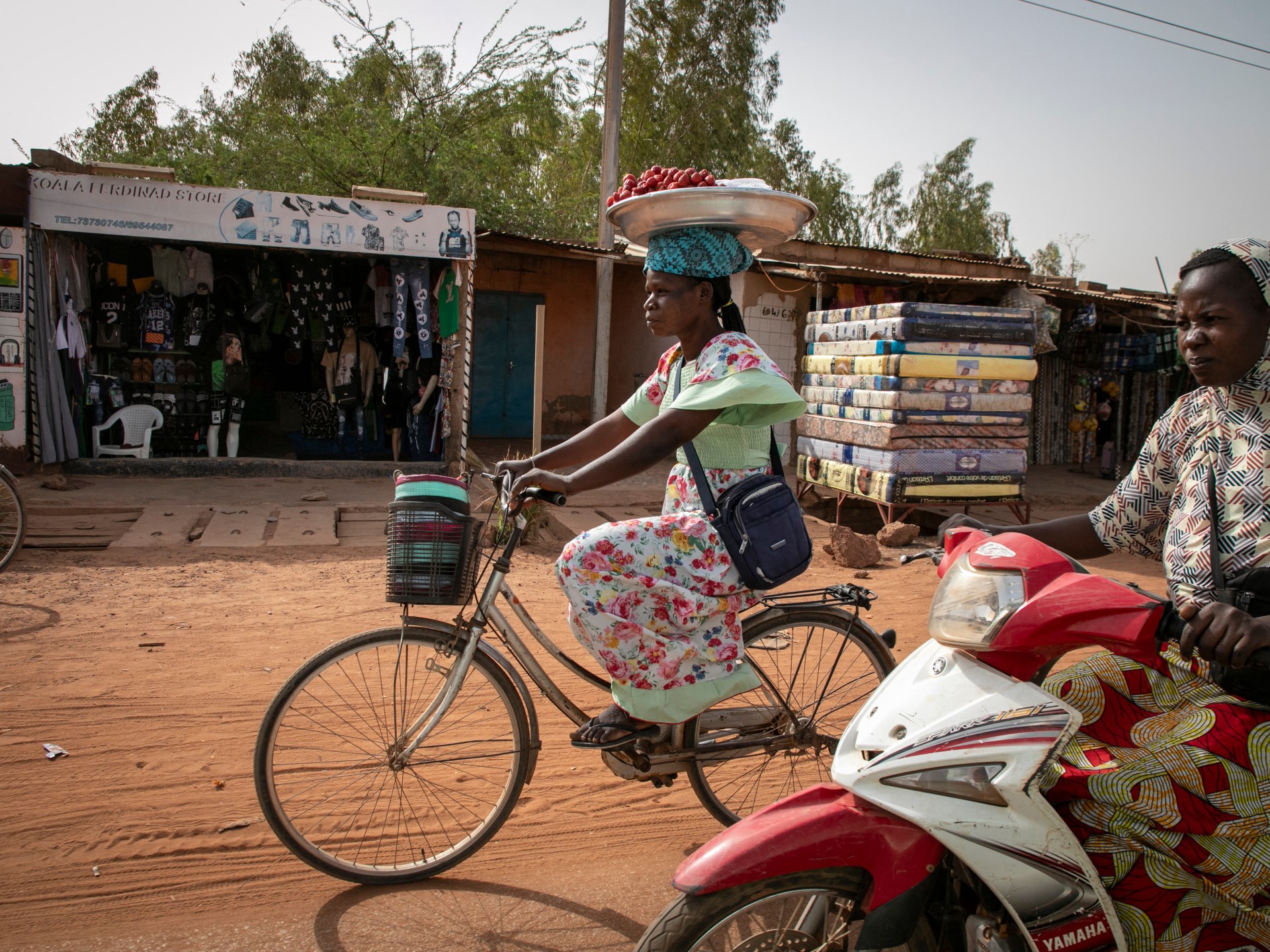
A deadly heatwave hit the Sahel region of Africa in early April 2024, with temperatures reaching record-breaking highs and causing numerous deaths. According to multiple sources, including studies by the World Weather Attribution group and reports from hospitals in Mali and Burkina Faso, human-caused climate change significantly contributed to this extreme event.
The heatwave caused temperatures in Mali and Burkina Faso to climb above 45 degrees Celsius (113 degrees Fahrenheit) between April 1 and April 5. This was a once-in-a-200-year occurrence that led to numerous deaths, hospitalizations, and power shortages in the affected countries.
The extreme heat coincided with the Muslim fasting month of Ramadan, making it even more challenging for vulnerable populations to cope with the conditions. The lack of electricity and access to fans or air conditioning units exacerbated the situation, leaving many people without relief from the intense heat.
One hospital in Mali's capital, Bamako, reported 102 deaths between April 1 and April 4. This was almost as many as there had been for the entire month of March. In addition to these fatalities, there were likely hundreds or even thousands of other heat-related casualties across the region.
The World Weather Attribution group found that human-induced climate change made this extreme heatwave impossible without the global warming of 1.2C to date. The study also noted that these trends will continue with future warming, emphasizing the importance of forming heat action plans and strengthening critical infrastructure such as electricity, water, and healthcare systems to adapt to the increasing frequency and intensity of extreme heat.
The rapid urbanization and loss of green spaces in cities like Bamako and Ouagadougou have also increased the urban heat island effect. This makes parts of cities significantly warmer than other areas, further exacerbating the challenges faced by vulnerable populations.
The Sahel region has been dealing with drought since the 1970s and periods of intense rainfall from the 1990s. The dwindling availability of water and pasture has disrupted the lives of pastoral populations, leading to mass migration and jihadist insurgencies in countries like Mali, Burkina Faso, and Niger.
Sources:
- NPR: Lethal heat in West Africa is driven by human-caused climate change
- The Guardian: Lethal heatwave in Sahel worsened by fossil fuel burning, study finds
- Al Jazeera: Deadly Sahel heatwave caused by 'human-induced' climate change: Study



